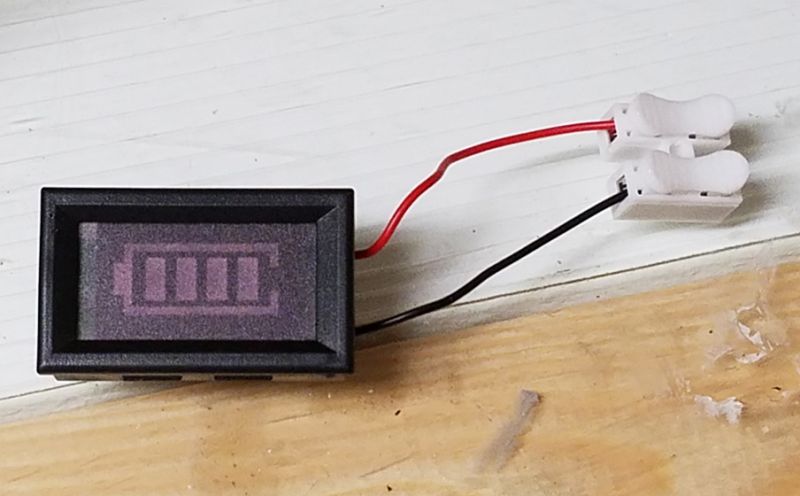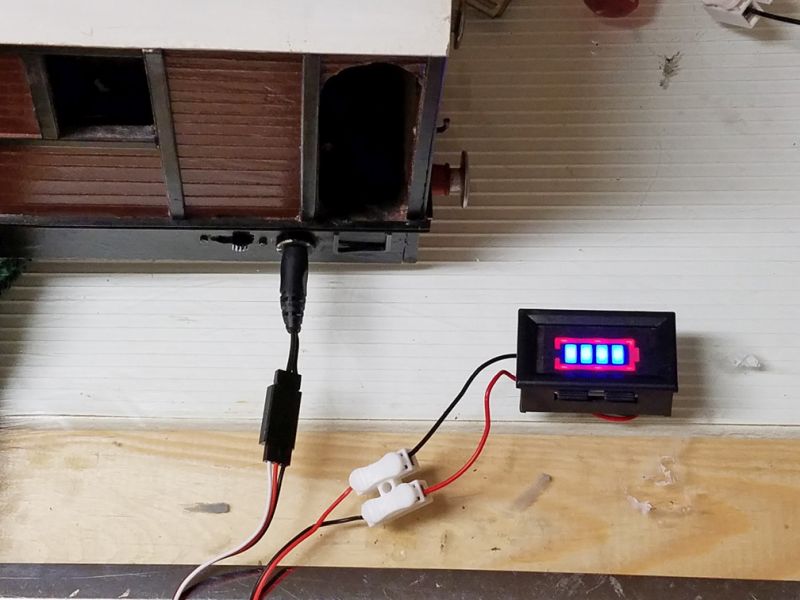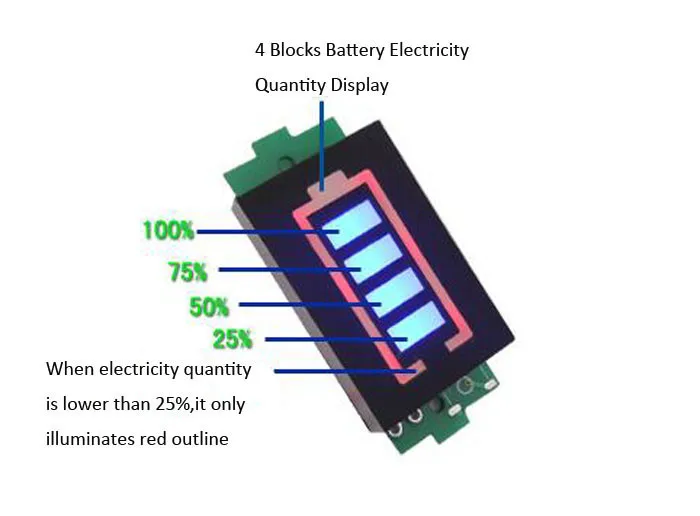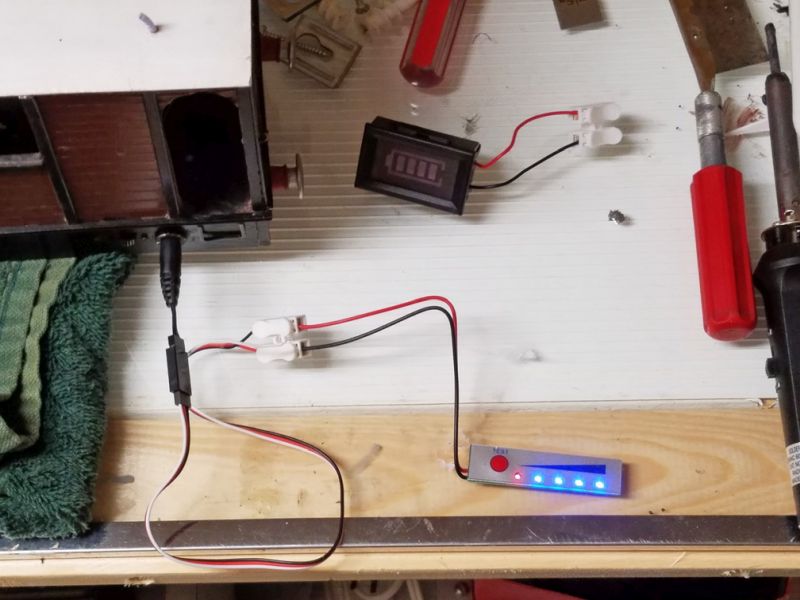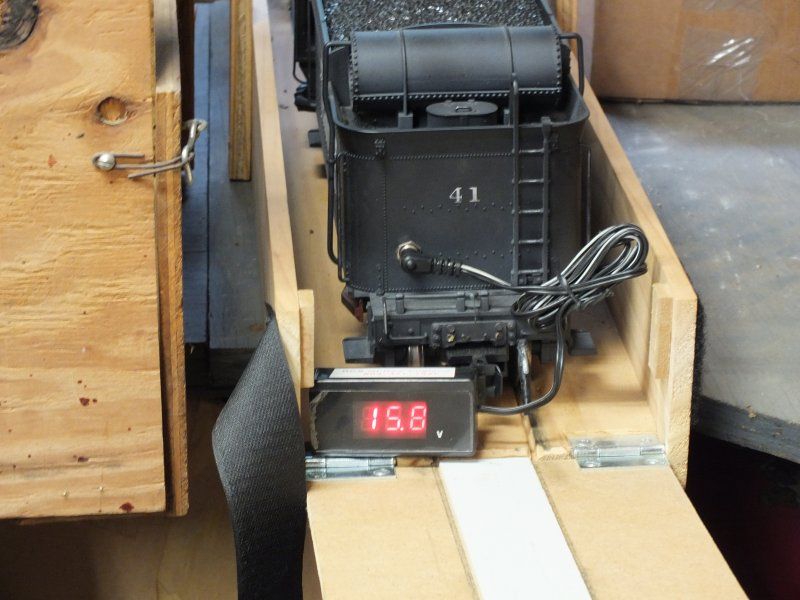Or you could use an Expanded Scale Voltmeter, which depending on said meters specification puts a .2-2.0A load on the battery under test via the charge port. Been using these for years to validate battery condition for RC Aircraft flight control batteries. While very common, Voltage in of itself is a POOR indicator for indicating battery capacity for several reasons. Many moons ago when the Lithium-Ion 18650 cells were first introduced we adapted the technology to Flight Power Systems for Giant Scale RC Aircraft, typically two 7.2V 2S2P batteries were used in pairs. I was able to identify over time several cell/battery failures that would have gone unnoticed had I relied on the static voltage readings. Under test; adding a load to a suspect battery would cause the displayed static voltage reading to fall to zero and or a blank screen. Generally as I allude to here often, if a single battery fails in your series assembled battery, said battery is nearly useless.
Series-Parallel configured battery packs are common with Lithium-Ion batteries rated in the 4000mAh plus range. These batteries are comprised of multiple cells connected in series to achieve the desired voltage as one battery. Four 2200mAh cells in series = 3.6V x 4 = 14.4V or a 2200mAh 14.4V battery. Two of the aforementioned 4-cell 2200 mAh batteries wired in parallel and wrapped together creates a 4S2P 14.4V, 4400mAh battery. Inevitably when a single cell fails of either battery in parallel, static voltage will leave you with a warm fuzzy feeling only… Fortunately our train batteries don’t power critical flight systems, so operators tend to abuse said batteries. Typically abuse is realized of improper charge regimens, miss-information, inadequate knowledge of the cell technology, excessive heat, improper storage techniques and lastly running the batteries down to voltage cut-out specification, stopping your engine on the track. OEM cell manufacturers don’t recommend these deep discharge runs at any time.
Lots of information is now commonplace on the web for Lithium-Ion cells, such as OEM cell specifications and sites like Battery University and more.
Michael
